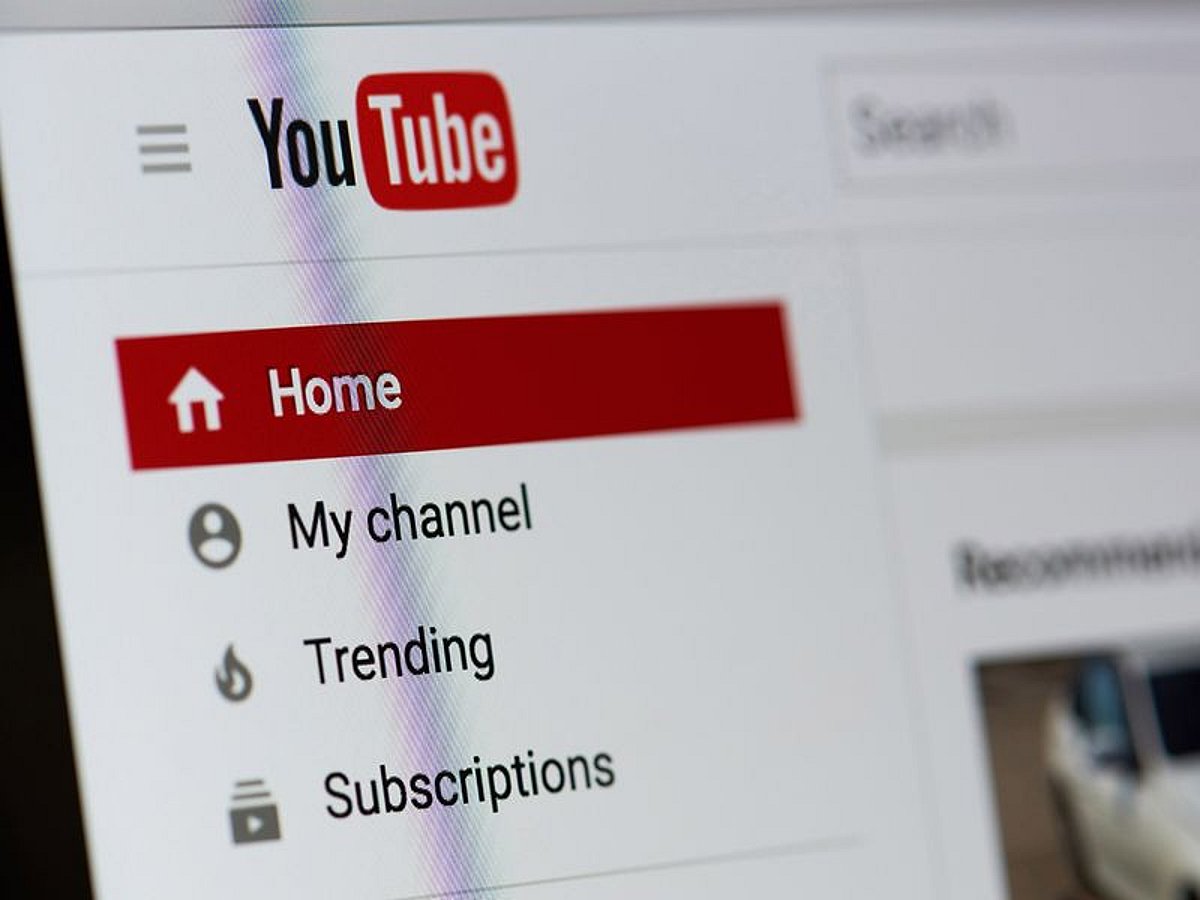YouTube Enforces Age Restrictions on Violent Gaming Videos
YouTube’s recent policy update, effective November 17, introduces age restrictions on a wider range of gaming videos, particularly those featuring realistic violence. This change is significant for content creators, livestreamers, and eSports commentators, as it alters how gaming footage is regulated on one of the most popular video platforms globally.
New Policy Details
Under the updated guidelines, videos showcasing “realistic human characters” involved in “mass violence against non-combatants” or depicting torture will automatically be age-restricted. This means that users under 18 and those not logged into a YouTube account will be unable to view such content. The policy considers various factors, including the duration of violent scenes, camera angles, and the human-like appearance of characters, when determining age restrictions.
Historically, YouTube allowed a broader interpretation of video game violence, permitting dramatized violence as long as the context was clear. However, this new policy signals a shift in how the platform views and moderates gaming content, emphasizing a stricter approach to what is deemed appropriate for younger audiences.
Impact on Content Creators
This policy change poses a potential threat to the business models of many gaming content creators. Videos that feature ultra-realistic gameplay, such as major game releases and cinematic cutscenes, may become inaccessible to younger viewers. Consequently, creators who have built their audiences around high-action game uploads could see their reach and ad revenue diminish due to age restrictions.
To adapt, creators might need to alter their content strategies. This could involve focusing on less graphic scenes, increasing commentary, or employing editing techniques like blurring or cropping to avoid triggering age restrictions. The ripple effect of these changes could significantly reshape the landscape of gaming content on YouTube.
Cultural Shift in Content Moderation
YouTube’s decision reflects a broader cultural shift regarding content moderation, particularly concerning the exposure of minors to violent material. As scrutiny increases over how platforms manage potentially harmful content, the distinction between fictional violence in games and real-world violence becomes increasingly blurred. This change highlights the responsibility platforms have in protecting younger users from graphic content.
The Tech Transparency Project’s findings earlier this year revealed that YouTube was still serving gun-related videos to minors, raising questions about the effectiveness of its content moderation policies. As platforms face mounting pressure to ensure the safety of younger audiences, the new age restrictions on gaming content are a response to these concerns.
Future Considerations
As this policy takes effect, several factors will be important to monitor:
Creator Behavior
Will gaming channels adapt by producing less graphic content or adding disclaimers to avoid age-gating?
Viewer Demographics
How will age-restricted videos affect viewership among younger audiences, and what financial implications will this have for creators?
Platform Enforcement
YouTube has faced criticism regarding its enforcement of policies. This new age-restriction policy will test the platform’s ability to apply and communicate these restrictions effectively.
Game-Publisher Coordination
Game developers may begin to tag or edit footage to help creators stay within “safe” content boundaries.
Algorithmic Consequences
If age-restricted videos receive less visibility or are not recommended, the gaming culture on YouTube may shift away from high-violence content toward safer, commentary-driven formats.
FAQs
What types of gaming videos will be age-restricted?
Videos depicting realistic human characters engaged in mass violence or torture will be subject to age restrictions under the new policy.
How can creators avoid age restrictions on their videos?
Creators can avoid age restrictions by editing their content, such as blurring violent imagery or changing the framing of scenes.
What are the potential impacts of these changes on gaming content?
The new policy may lead to a decrease in viewership among younger audiences and could force creators to adapt their content strategies to comply with age restrictions.
Conclusion
YouTube’s decision to implement age restrictions on graphic gaming content marks a significant shift in content moderation practices. As creators navigate these changes, the impact on their content strategies and audience engagement will be crucial to observe. The evolving landscape underscores the importance of balancing creative expression with the responsibility to protect younger viewers.
Also Read:
TruBroker Celebrates One Year of Impact in UAE Real Estate







